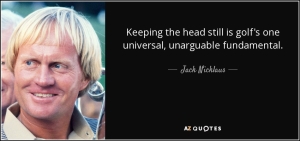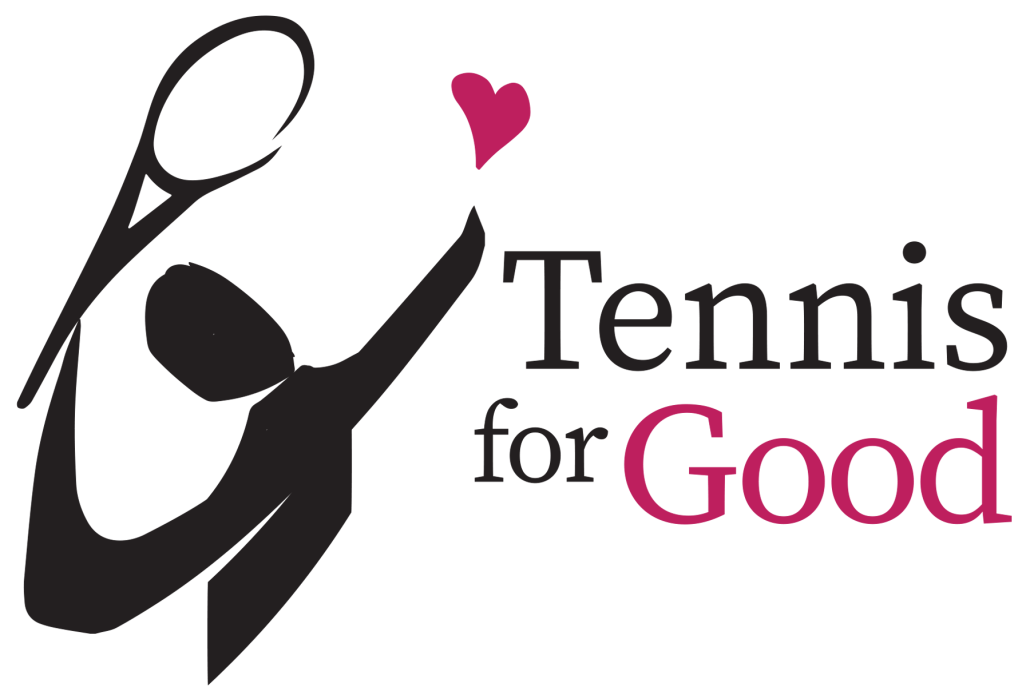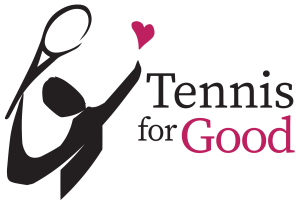 I learned about a specialized form of chiropractic medicine recently. It focuses on the C1 vertebra, which is the one closest to the skull, and it’s called Atlas Orthogonal because, well:
I learned about a specialized form of chiropractic medicine recently. It focuses on the C1 vertebra, which is the one closest to the skull, and it’s called Atlas Orthogonal because, well:
- Orthogonal is a synonym for perpendicular — unless you get that C1 bad boy properly aligned, all kinds of problems can ensue. For instance, the flow of cerebrospinal fluid can be affected.
- Atlas because that’s the dude out of Greek mythology who was condemned to hold up the universe forever — and the C1 holds up our head, which is our personal equivalent.
For the last few months, I’ve been trying to flip that image onto its, er, head when I step out onto the tennis court. Basically, I try to visualize the head as the axis on which my body rests and around which my body turns. Think ‘upside-down Atlas’ … everything reversed.
Obviously, I don’t want the head to stay perfectly still. It needs to pivot left and right on groundstrokes and volleys, and to tilt on overheads and serves. I don’t want my head getting in the way, though, and it’s very easy to let that happen. Among my sins: Excessive bobbing when I move, leading with my head when I strike, and trying to supply power by jerking my head when I want to really let ‘er rip.
I’ll leave it to the great philosophers to decide if I have special problems with my head on the tennis court because I tend to be in my head so much. For now, let’s leave it at this: You want your head to be the captain of your tennis ship, both mentally and technically, and this means being both unflappable, which is inner-game stuff, and physically calm, controlled and on the level, which delivers a huge technical edge.
It’s certainly true for me that I play decidedly better when I focus on my head, specifically on things like:
- Launching my serve by turning my head.
- Doing a sort of two-step on groundstrokes — first pivot my body, then turn my head so I’ve really zoomed on on the point of contact.
- On all my strokes, keeping my head still and pivoting around it with my body when I swing, i.e., head as upside-down Atlas.
- Keeping my head as level as possible when I run.
In football, a weakness of quarterbacks is what’s called ‘happy feet.’ It’s a sign of nervousness about getting hit. There isn’t a term in tennis called ‘happy head,’ but there should be. I see it on the court all the time, and I’m a perp, for sure. It’s a telltale sign that my head gets ‘happier’ when I compete. It’s a sign of stress and a big reason why I unnderperform by my personal lights.
Still head, still core, quick appendages and extremities — that’s the ticket. It’s the tennis ticket, and it’s also, as it happens, the martial arts ticket — still head, still spiritual center deep in the gut, and quick-quick-quick at reading and reacting.
Here, again, the two sports meet and marry.
One of the main reasons Roger Federer was so gorgeous to watch, especially in his later years, was because he kept his head so level. His head was the axis upon which his tennis world turned.
Jack Nicklaus’s quote about golf is also true for tennis. So pity — and applaud! — us poor tennis players. Because we have to do it while we’re running.
How level do you keep your head when you play tennis? How level a head do you keep in the rest of your life?

